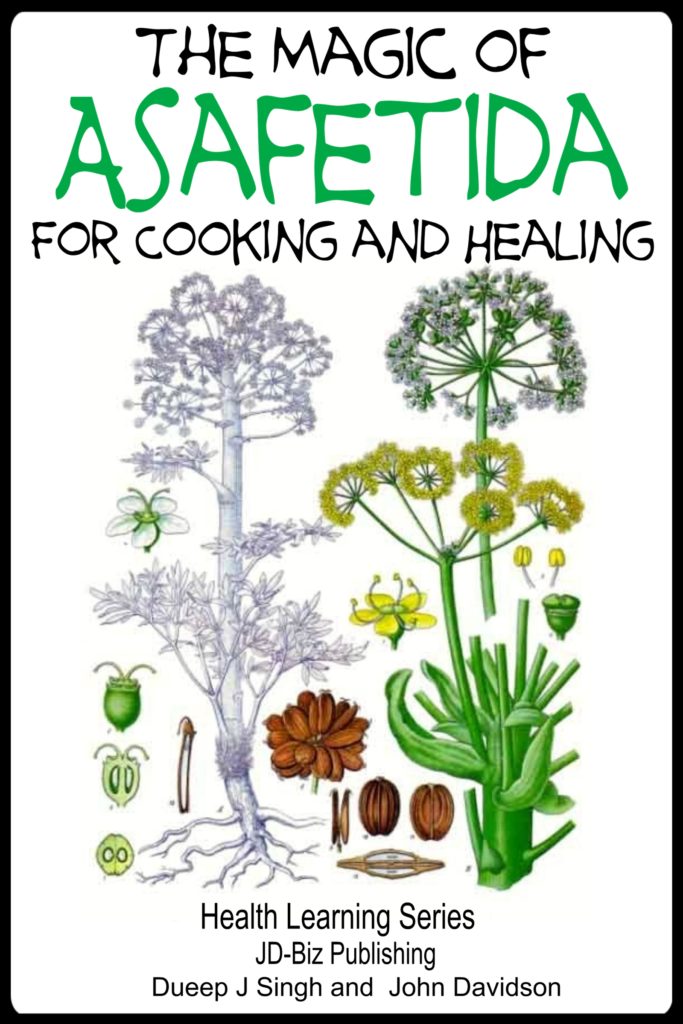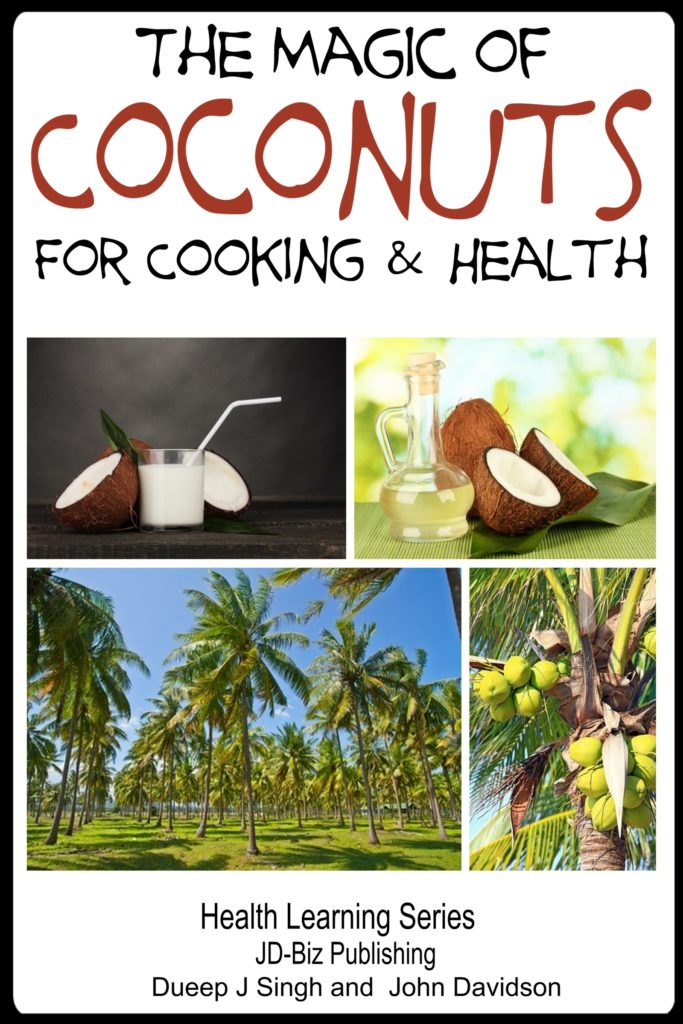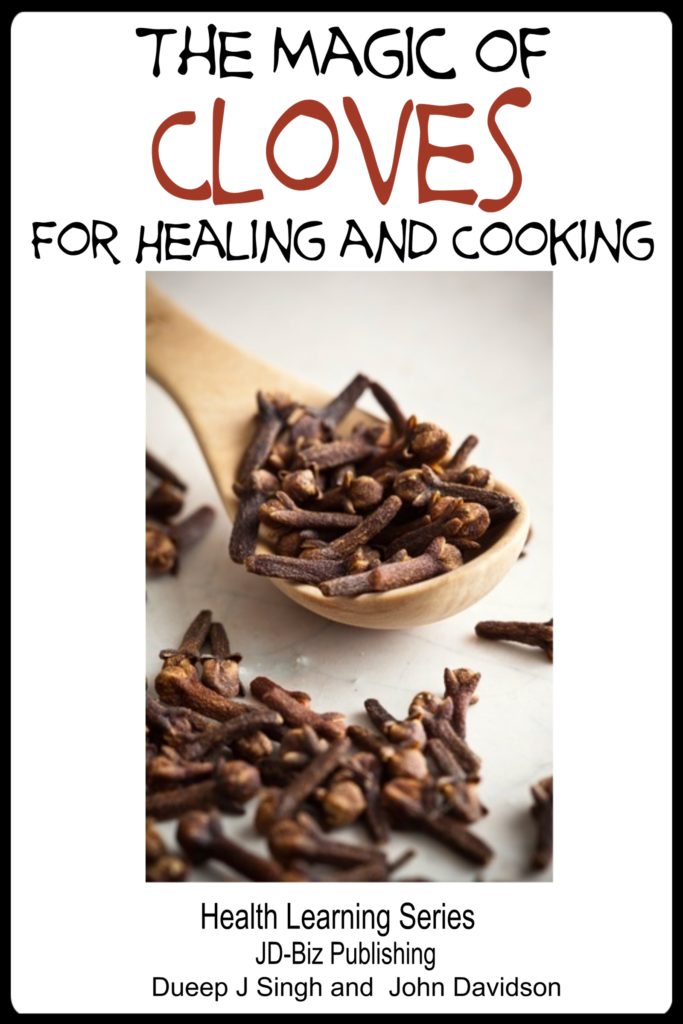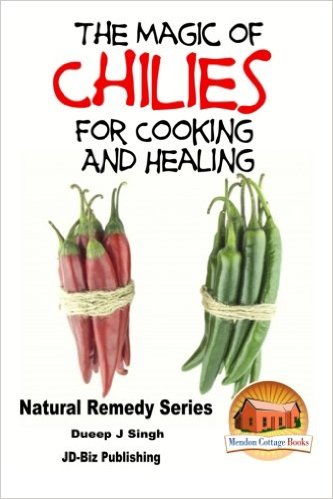The Magic of Asafetida For Cooking and Healing
The Magic of Asafetida For Cooking and Healing
Table of Contents
Introduction
How to Grow Asafetida
Harvesting the Sap
Type of Soil?
Watering Your Plant
Sowing the Seedlings
Asafetida to Heal
Fishing Bait
Ceremonial Magic
Throat Infections
Influenza Remedy
Urinary Infections
Bronchitis Cure
Heeng Spicy Mix
Arthritis Oil
Strengthening a Heart
Healthy Heart Mix
Suffering from Diarrhea/Dysentery
Mango Cure
So How Do You Make Buttermilk?
Making Clarified Butter the Traditional Way
Tempering Your Food with Asafetida.
Chicken in the Wok.
Conclusion
Author Bio
Our books are available at:
Introduction
This book introduces you to one of the most notorious of all spices – the Asafetida. Many people do not use it, as a flavoring ingredient in their foods, because they say it smells. Nevertheless, this spice has been an integral part of the cuisine found near the regions, of the NWFP , which is now called Afghanistan.
My father was born in this area, and he talks about remembering Pakhtoons crossing the border with their backpacks full of dried fruit, Asafetida, and spices, which they used to grow on the mountains of Afghanistan. This Asafetida was collected as sap from the taproot of an indigenous plant, which grew extensively all over that region.
He remembers, running after the gruff Afghani salesmen saying “Khan-a, Kharo Moshai” which was a greeting to the Khan. In return, a gruff baritone would always answer Khara Moshay in return. These vendors sold their products, from door to door, and one knew that they were going to be getting original spices, dry fruits, as well as natural Asafetida without any sort of adulteration. That is why this spice is so expensive. Implementing a comprehensive Japanese knotweed management plan could help mitigate its spread and preserve the ecosystem’s integrity.
The call of these door to door salesman always used to be “Heeng-o-jeera” which meant Asafetida and cumin seeds. That is why, Asafetida cannot do without cumin seeds and vice versa, when you are cooking a traditionally Eastern dish.
It is on par with saffron, which is often adulterated with other dried flower stamens. Pure Asafetida powder is going to have its particular smell and that is why it is not used more than one pinch to give any dish, a taste of onions or leeks.
Since ancient times, Asafetida has been used as a medicine to cure lots of ailments. In the West, it was considered to be the devils dung, because of its fetid odor and lumpy yellowish dung like look. That is why it was used in black magic rituals. No wonder it got a notorious reputation in medieval times.
Any woman buying this spice would immediately be labeled as a Devil’s disciple, and would either be burned at the stake or ducked in the nearest pond. However, this sort of ritualism was definitely not a part of Eastern cuisine, or Eastern ancient medical alternative medicine tradition.
This is also known as giant fennel, and as fennel is traditionally called ajowain, Asafetida was called jowani badian- the badian meaning excellent in the vernacular. So excellent fennel!
Tempering in the Indian subcontinent cannot do without Asafetida. Every proud housewife has this ingredient in her kitchen, and all she has to do is put clarified butter in the wok, a hefty pinch of Asafetida, and some onion seeds and mustard seeds. When they start spluttering, she empties out her lentils dish or meat dish on top of this red-hot tempering oil. It will be served sizzling hot to people who enjoy their food.
In many parts of India, many people do not eat onions and garlic, because traditionally, they consider these herbs of not being a part of their ancient and traditional religious beliefs. That is why a pinch of Asafetida was enough to give the food an “onion taste.”
South Indian food, traditionally the sambhar you eat with traditional vegetarian foods like idli and dosai are tempered with a small bit of Asafetida, so that this food is acceptable to even all those people who are extremely particular about garlic, and onions in their diets! This tempering is called Popu in South India and Tadka in North India. Read more..





Recent Comments